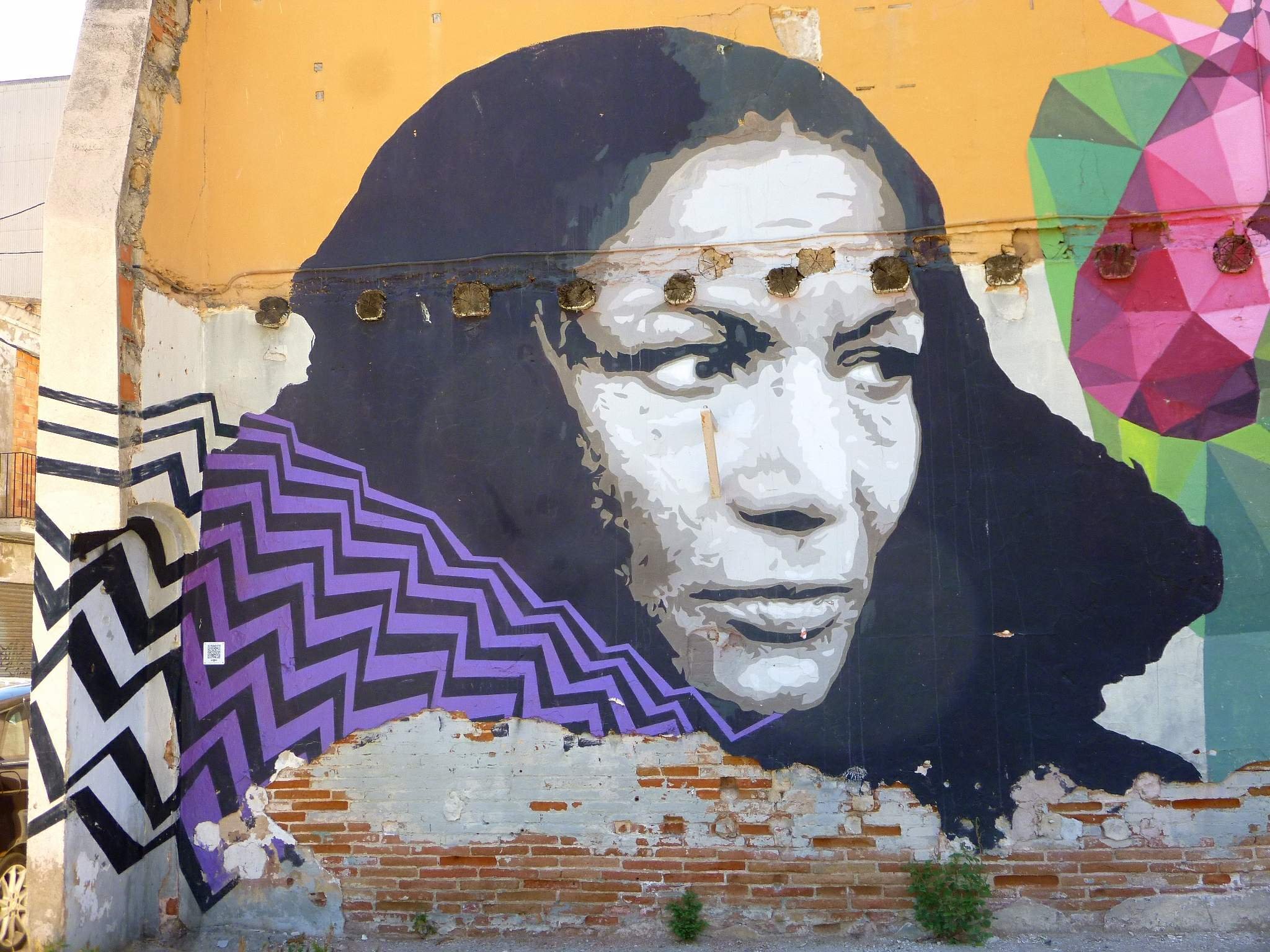¡Viva Flamenco! From Spain’s Margins to its Center Stage
Graffiti of legendary Flamenco dancer Carmen Amaya. Barcelona, 2016. Wikimedia Commons
Spain has some of the most recognizable cultural customs in the world. Bullfighting and tapas, for instance, have become internationally recognized symbols of the Spanish way of life. Right up there with the most prominent Spanish traditions are flamenco music and dance. While most hear the term and think of women with slicked back hair and frilly dresses dancing passionately to guitar melodies, flamenco entails far more than what meets the eye. Cultivated in the mountains of Southern Spain, steeped in simultaneously painful and joyous generational memories, flamenco is a genre like no other. So how exactly did flamenco, once the music of the poor and marginalized, flourish into one of Spain’s most iconic cultural exports?
The answer lies within centuries of rich, transcontinental history.
With origins in the Indian subcontinent, the Gypsy people, or Gitanos, arrived in the southern Spanish region of Andalucia in the 15th century from the Middle East, North Africa and parts of Mediterranean Europe. They encountered a conservative society not accepting the strong traditions they brought with them. The Gitanos were relentlessly prosecuted by King Ferdinand and Queen Isabella, who placed suffocating restrictions on their ability to speak their native languages, the clothes they could wear, and their social gatherings. Gitanos resorted to establishing ties with other minority groups on the margins of Spanish society, such as the Moors (Muslim descendants of North Africa and the Mediterranean), Jews and other Africans. From this cultural fusion, a partnership formed initially as a survival tactic, flamenco was born. In the music, there is no shortage of Berber and Arab influence. For hundreds of years, the genre has served as a testament to the strength and resilience of the Gitano people in the face of great oppression.
Until the twentieth century, flamenco music was associated with poverty, crime and all of the unfavorable stereotypes Gitanos evoked in the minds of the Castilian Spanish majority population. Flamenco took center stage in the promotion of Spanish culture during Francisco Franco’s dictatorial rule. Franco sought ways to attract tourists from Europe and the rest of the world, and saw a golden opportunity in a unique form of musical expression native to Spain. It was marketable, interesting and new. Within decades, flamenco music had become a defining aspect of Spain's culture and global image.
In many ways, flamenco is its own language. Dancers and musicians communicate with each other, often improvising as they go, and are able to present a mesmerizing product for audiences. The essential roles of a good flamenco performance are dancer(s) whose facial expressions, feet & hand movements dictate the tone of the show, guitar player(s) whose seamless transitions between a soft and sweet melody and loud and energetic strums drive the musical tempo, clapper(s) who accompany the music with calculated syncopation and keep the beat and, of course, singer(s) whose gravelly voices summon centuries of agony and resistance to drive the performance into the hearts of the world.
While flamenco will continue to grow and evolve, attracting tourists and delighting international ears, it will never abandon its origins as the powerful soul music of the Gitanos. May its legacy live on forever.
